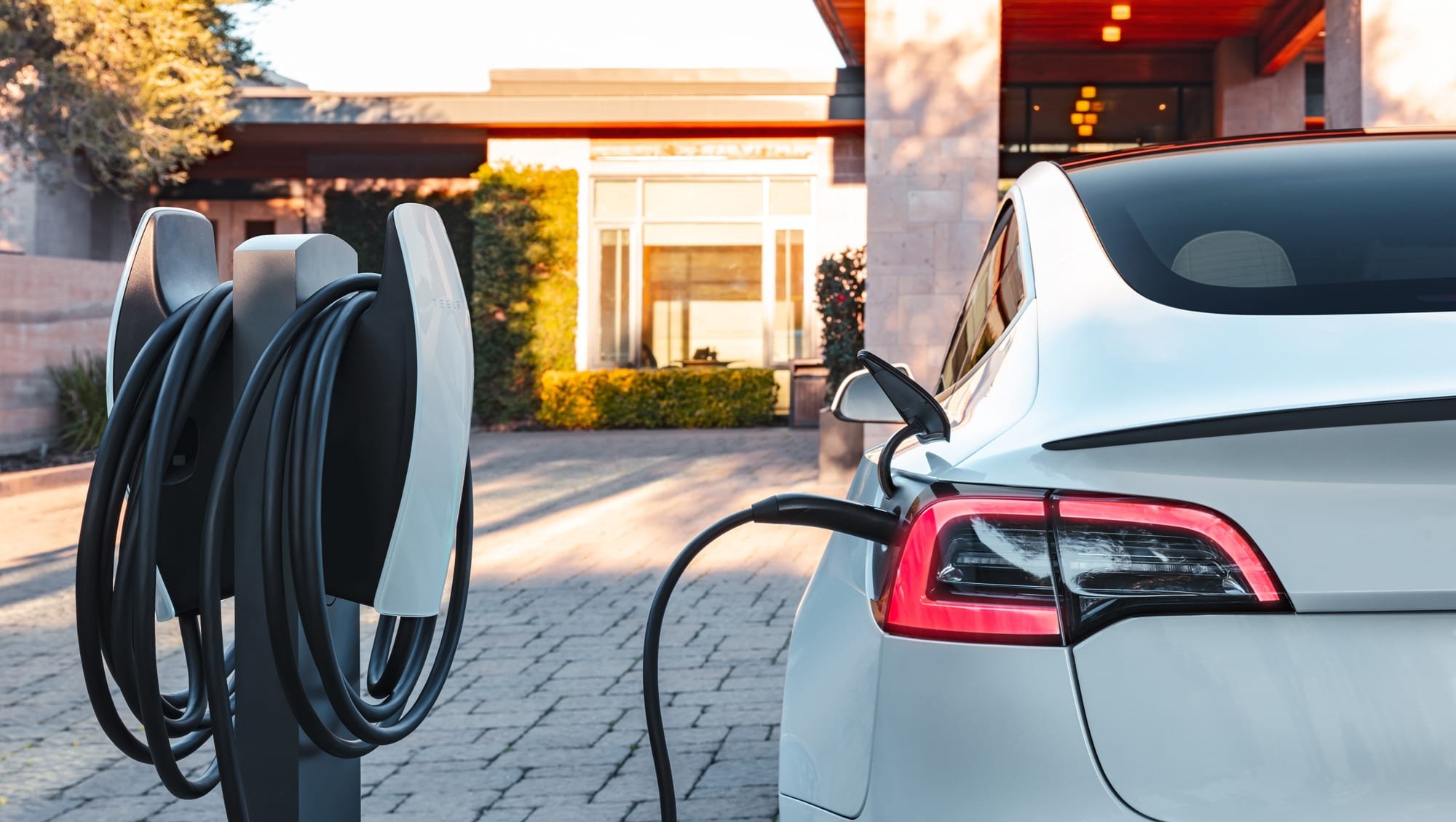For those who follow the solar industry, you may be hearing a lot about the upcoming switch from NEM 2.0 to NEM 3.0 and its potential impacts on renewable energy installations in California. The impacts are substantial and reflect a shifting strategy by the State in its pursuit of zero net carbon.
With over 32,000 MW of solar power installed in California – representing almost 25% of the state’s electricity and enough to power roughly 8.4 million homes – the issue of when we generate and use electricity is increasingly more urgent to focus on than simply adding more renewable energy to the grid.
To explain in more detail, Net Energy Metering (NEM) is the system by which investor-owned utilities like PG&E and So Cal Edison account for the 2-directional supply of electricity to homes and businesses that have photovoltaic (PV) panels. If you have PV panels at home, you likely generate more energy during the day than you're using, so the utility company buys the 'extra' electricity and feeds it into the grid.
Under the current NEM 2.0 and older NEM 1.0, you get paid pretty well for that electricity, so PVs have had a nice return on investment. Under NEM 3.0, which takes effect April 14, the 'buy back' rate for electricity generated in the middle of the day plummets by nearly 75%, because the utility companies have an oversupply when the sun is shining. The situation reverses in the evening and at night, when the sun is down and we're home charging our cars, turning on lights, and running our appliances. This swing in demand from the grid is often referred to as the “duck curve”.
You can see that in the time period 9am – 3pm, the net draw on the system is relatively low (and lower every year), compared to the evening hours. That's why our electric rates are most expensive from 4:00 PM - 9:00 PM. And this is where batteries come in.
If your project won’t make the mid-April deadline to get grandfathered into NEM 2.0, your best bet under NEM 3.0 will be to go ahead and install PVs, but also include battery storage. The 'extra' electricity generated during the day will be sent to your battery and reserved for your own use in the evening when rates are most expensive, which is how you'll optimize a return on the investment. A bonus is you'll have resiliency if and when the power goes out!











